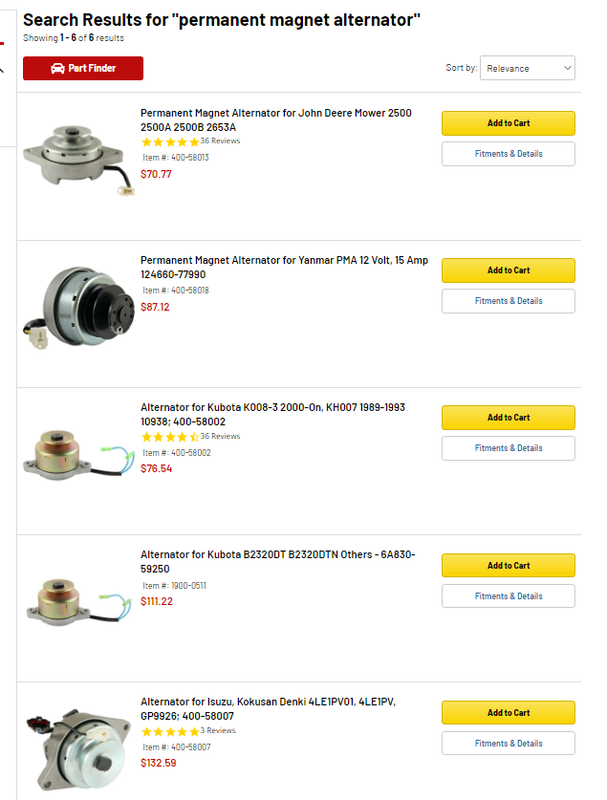Originally posted by 99yam40
View Post
Announcement
Collapse
No announcement yet.
Reaching a consensus - Is it possible?
Collapse
X
-
Hi zeno. Alternators for marine apps are certified as ignition protected. They run in a bomb tank. Fill with propane and if no kaboom they get a Coast guard certification number. Most are spark proof with fine mesh SS Screen same as like The old marine distributers. Nothing on Marine engines can make a uncon*****ed spark.. Its very Simple
Comment
-
does the include the T&T brushed motor, switches, and relays?Originally posted by Keithbaja View PostHi zeno. Alternators for marine apps are certified as ignition protected. They run in a bomb tank. Fill with propane and if no kaboom they get a Coast guard certification number. Most are spark proof with fine mesh SS Screen same as like The old marine distributers. Nothing on Marine engines can make a uncon*****ed spark.. Its very Simple
maybe being sealed means they are con*****ed?
Comment
-
I presume also the starter motors are sealed to meet these standards.
But there is a problem when ignition leads and spark plug caps fail as I don’t see any outboards that have the ignition leads etc sealed and shielded.
And also where permanent magnets are used in “generator” rotors whether on flywheels or inside belt driven alternators, no slip rings are required so there is no need for these to be complicated.Last edited by zenoahphobic; 02-25-2022, 02:08 AM.
Comment
-
well, are there any outboard or any other belt driven permanent magnet alternators?Originally posted by boscoe99 View Post
Over some Bass Boat boards they are calling the Yamaha system a "stator". Which both types use.
Since there are electro magnets that use brushes and some that are brushless, I am guessing that would result in more confusion. Trying to keep it simple as possible.
Comment
-
I am not aware of any belt driven permanent magnet alternators that are used in outboard motors. Got one on my work bench but that is just for play. Some tractors and riding lawn mowers use them.Originally posted by 99yam40 View Post
well, are there any outboard or any other belt driven permanent magnet alternators?

Comment
-
Evolution. Original “generators” used permanent magnets in the stator; those examples Boscoe gives now use rare earth magnets in the rotor.
Strange when someone invents something how it becomes fashion. Those early car generators produced DC without technically alternating or using any form of rectification.
I believe that they actually derived from DC motors (actually interchangeable).
Then someone decided that the commutators and the size were a problem and decided slip ring alternators were more efficient and lighter.
I guess something in the manufacture of permanent magnets then, and the density of them made it impractical to put them in the rotor. The discovery of rare earth magnets, which are very strong in magnetism opened up there use in rotors for electricity creation and use in brushless motors (and uses in places where adhesives used to be used!).
Comment

Comment